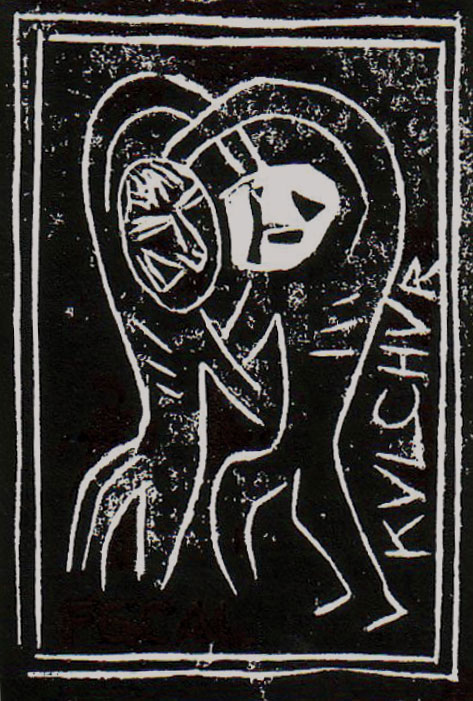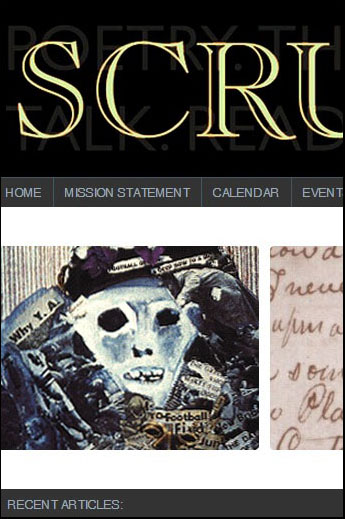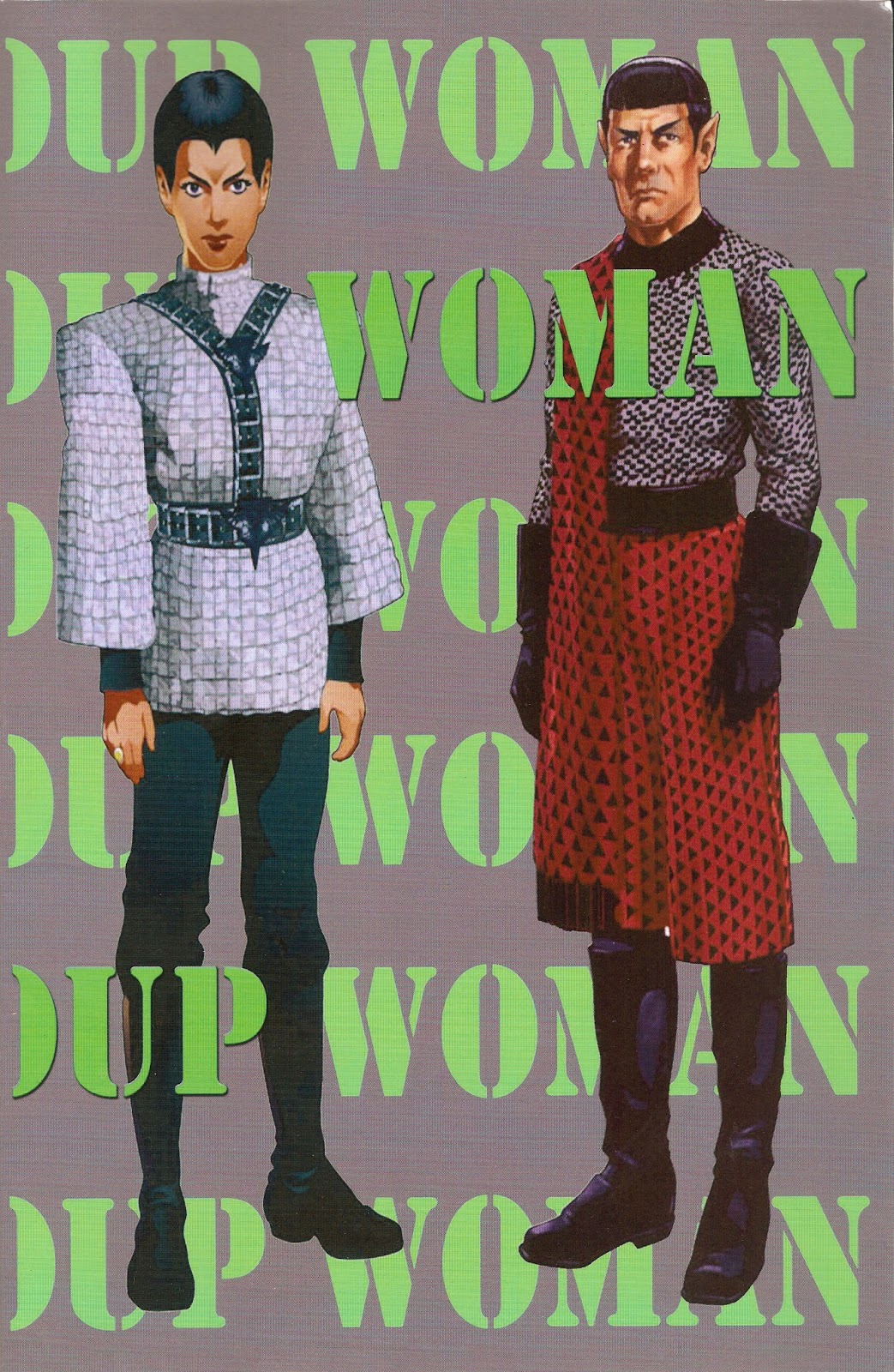FRED SMITH'S ROLLERDROME & ROBERT'S BOOK
Fred Smith came of age and into poetry in the ideologically land-locked Midwest, a region where the New Critics ruled literature departments with an unforgiving iron fist. While their hold appeared to be slipping in literature departments along the Atlantic and Pacific coasts during the fifties, their idea of poetry and literature remained fairly well-preserved in the mid-west, not unlike a can of pickled tomatoes. Having attended the University of Minnesota in the fifties, Smith is able to count Allen Tate, a poet central to the New Criticism, among his past instructors. Smith, however, doesn't reject the New Criticism but seems to in fact deeply admire it. He doesn't reject it; he responds to it. His recently published work reveals this peculiar dialectical relationship.
Smith was the last in a long line of distinguished poets to be published by Black Sparrow Press before it folded, before the Bukowski backlist was handed over to Harper Collins and the rest went to David Godine for a smooth single American dollar bill. Smith was 68 years old when his first collection of poems, Rollerdrome, was published. Given the current literary vogue, Smith engages a narrative, confessional form most poets and critics would immediately dismiss, yet he does this in response partly to High Modernism and the New Criticism which appears to have dominated his early intellectual life. The tone of the work is flat and dry, a slow & contemplative Midwestern drawl not unlike that of Twain or, in the rarest of times, even Eliot.
ROLLERDROME, as a collection, is divided up into five distinct sections: Children, Parents and Other Observations; Seven Japanese Portraits; Rollerdrome and the Millionaire; Early Poems; and Robert's Book. A continuation of this last section, Robert's Book, was published earlier this year and appears to be an ongoing work-in-progress, an addendum of sorts to the last section of Rollerdrome.
The first section--Children, Parents and Other Observations--is a string of loosely related narrative poems which, as a whole, come together to shape a distinctly dysfunctional American community, a sexually repressed Peyton Place of sorts where sexual expression becomes manifest in horribly destructive ways as a result of conventional mores. These poems come together in much the same way as the stories within the Canterbury Tales or Boccaccio's Decameron. The dry humor and flat tone of each poem encourages shoulder-shrugging laughter where despair and an awareness of powerlessness might be:
A color photograph taken
at the time of Aunt Doll's visit
shows her and grandmother and their
brothers Fred and Emmett standing
in front of grandmother's house.
A flaw in the negative makes it
look like a hole is burning in
Uncle Emmett's pants where his cock
ought to be. He served two years
in Kansas for messing around
with a teenage prostitute, and got
mercury shots for his syphilis.
The only male in our family
convicted of being a man.
Much of Smith's writing works toward demystification, toward lateralizing, materializing, establishing a level playing field. "Card Reading," a poem which appears at the center of the section title "Rollerdrome and the Millionaire," seems, in several ways, to be a response to Eliot, a poet whose work Smith had no choice but to become intimately familiar with. Where Eliot's "Madame Sosostris" and her reading of the tarot in "The Wasteland" carries tremendous allegorical and prophetic luggage, Smith's Madame Adelaide is much more transparent, much more a woman simply earning a living, a deluded woman who believes:
… God wouldn't give
me this gift if He hadn't meant
me to support myself by it.
Many times I've been hungry in
a cold room without any wood
for the stove when a stranger
seeking the truth about himself
has suddenly appeared at my
door and crossed my palm with silver.
Compare this with Eliot:
Madame Sosostris, famous clairvoyante,
Had a bad cold, nevertheless
Is known to be the wisest woman in Europe,
With a wicked pack of cards…
The tone is much the same. Just as the mid-western drawl is present in Smith, it emerges in Eliot every now & again. Rather than taking on a larger, allegorical meaning which locates itself interdependently in relation to the rest of the larger work as Eliot's Madame Sosostris does, Madame Adelaide is, for Smith, simply one among many characters. Madame Adelaide is not romanticized or mystified, her reading isn't prophetic--it simply is, as is a carnival or any number of other things people, in their fear of the world & the future, might come to superstitiously cling to & depend upon. The animated dialogue between the narrator and Madame Adelaide moves swiftly toward demystification when the narrator asks, "Do you think I can get out of my present situation?"
"I only read the cards. I don't
answer specific questions. It
wouldn't be ethical for me
to give personal advice."
"Then your cards aren't much help.
Do you believe in the cards?"
This flat, pessimistic monotone characterizes the whole of Smith's narrative approach. When we encounter licentious preachers, desperate hustlers on Polk Street, a wildly drunk & aged woman, soldiers returning from war and other oddballs, the flat narrative tone tells us that we ought not be surprised, we ought to understand that the sexually repressed, highly conservative fifties and sixties inadvertently created these curious people, these painfully wonderful people. We ought to shrug our shoulders and utter with a wry sense of irony, "It figures." Most importantly, Smith encourages us to take our place alongside these oddballs, to admit to ourselves that we not only live among them, we are them.
Smith was the last in a long line of distinguished poets to be published by Black Sparrow Press before it folded, before the Bukowski backlist was handed over to Harper Collins and the rest went to David Godine for a smooth single American dollar bill. Smith was 68 years old when his first collection of poems, Rollerdrome, was published. Given the current literary vogue, Smith engages a narrative, confessional form most poets and critics would immediately dismiss, yet he does this in response partly to High Modernism and the New Criticism which appears to have dominated his early intellectual life. The tone of the work is flat and dry, a slow & contemplative Midwestern drawl not unlike that of Twain or, in the rarest of times, even Eliot.
ROLLERDROME, as a collection, is divided up into five distinct sections: Children, Parents and Other Observations; Seven Japanese Portraits; Rollerdrome and the Millionaire; Early Poems; and Robert's Book. A continuation of this last section, Robert's Book, was published earlier this year and appears to be an ongoing work-in-progress, an addendum of sorts to the last section of Rollerdrome.
The first section--Children, Parents and Other Observations--is a string of loosely related narrative poems which, as a whole, come together to shape a distinctly dysfunctional American community, a sexually repressed Peyton Place of sorts where sexual expression becomes manifest in horribly destructive ways as a result of conventional mores. These poems come together in much the same way as the stories within the Canterbury Tales or Boccaccio's Decameron. The dry humor and flat tone of each poem encourages shoulder-shrugging laughter where despair and an awareness of powerlessness might be:
A color photograph taken
at the time of Aunt Doll's visit
shows her and grandmother and their
brothers Fred and Emmett standing
in front of grandmother's house.
A flaw in the negative makes it
look like a hole is burning in
Uncle Emmett's pants where his cock
ought to be. He served two years
in Kansas for messing around
with a teenage prostitute, and got
mercury shots for his syphilis.
The only male in our family
convicted of being a man.
Much of Smith's writing works toward demystification, toward lateralizing, materializing, establishing a level playing field. "Card Reading," a poem which appears at the center of the section title "Rollerdrome and the Millionaire," seems, in several ways, to be a response to Eliot, a poet whose work Smith had no choice but to become intimately familiar with. Where Eliot's "Madame Sosostris" and her reading of the tarot in "The Wasteland" carries tremendous allegorical and prophetic luggage, Smith's Madame Adelaide is much more transparent, much more a woman simply earning a living, a deluded woman who believes:
… God wouldn't give
me this gift if He hadn't meant
me to support myself by it.
Many times I've been hungry in
a cold room without any wood
for the stove when a stranger
seeking the truth about himself
has suddenly appeared at my
door and crossed my palm with silver.
Compare this with Eliot:
Madame Sosostris, famous clairvoyante,
Had a bad cold, nevertheless
Is known to be the wisest woman in Europe,
With a wicked pack of cards…
The tone is much the same. Just as the mid-western drawl is present in Smith, it emerges in Eliot every now & again. Rather than taking on a larger, allegorical meaning which locates itself interdependently in relation to the rest of the larger work as Eliot's Madame Sosostris does, Madame Adelaide is, for Smith, simply one among many characters. Madame Adelaide is not romanticized or mystified, her reading isn't prophetic--it simply is, as is a carnival or any number of other things people, in their fear of the world & the future, might come to superstitiously cling to & depend upon. The animated dialogue between the narrator and Madame Adelaide moves swiftly toward demystification when the narrator asks, "Do you think I can get out of my present situation?"
"I only read the cards. I don't
answer specific questions. It
wouldn't be ethical for me
to give personal advice."
"Then your cards aren't much help.
Do you believe in the cards?"
This flat, pessimistic monotone characterizes the whole of Smith's narrative approach. When we encounter licentious preachers, desperate hustlers on Polk Street, a wildly drunk & aged woman, soldiers returning from war and other oddballs, the flat narrative tone tells us that we ought not be surprised, we ought to understand that the sexually repressed, highly conservative fifties and sixties inadvertently created these curious people, these painfully wonderful people. We ought to shrug our shoulders and utter with a wry sense of irony, "It figures." Most importantly, Smith encourages us to take our place alongside these oddballs, to admit to ourselves that we not only live among them, we are them.






<< Home